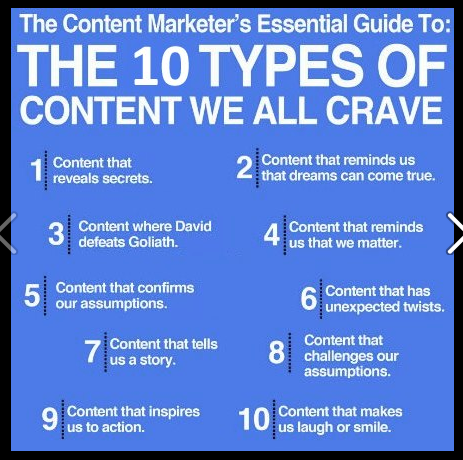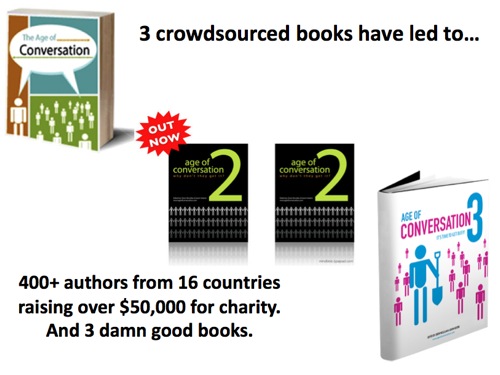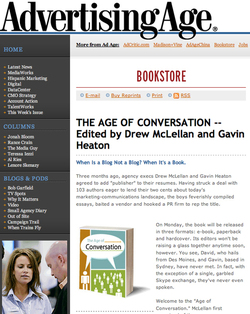Becoming a marketing master
June 2, 2015
 You don’t have to be a good writer or have a mind for marketing to set a goal of becoming a marketing master. You just have to be willing to do the hard work of learning how to do it and practicing it regularly.
You don’t have to be a good writer or have a mind for marketing to set a goal of becoming a marketing master. You just have to be willing to do the hard work of learning how to do it and practicing it regularly.
There’s a huge body of research that has studied how people who are at the top of their game got there. Many people assume these superstars had a wealth of natural talent that gave them a huge advantage over the others in their field.
But even when you look at remarkable performers like Tiger Woods or Warren Buffet, it’s not true. We’ve all heard the story of how Tiger started playing golf at 18 months and had over 15 years of regular practice before he began competing at a national level. Warren Buffet admits that he knew very little but invested significant time studying business and financial statements to learn how to spot patterns and trends.
In fact, the research is so consistent it has evolved into what is commonly called the ten-year rule. It states that the most accomplished professionals, no matter what field they’re in; need about ten years of intense study to get to the top of their game. The ten years isn’t an average, it’s a minimum.
And there’s one more element that matters. It can’t be casual or haphazard practice. It needs to be what is called deliberate practice. It’s you doing things with the explicit goal of improving your performance that will push you past competent to a level of excellence.
Why does all of this matter to you, in terms of marketing?
- It means for you to develop and execute effective marketing, you need to be deliberately practicing on a regular basis.
- It erases the excuse “I’m just not wired to be good at this” when it comes to marketing your business.
Like most other aspects of running or owning a business, it boils down to doing the hard work and committing to it for the long haul.
And there’s one other benefit to taking this sort of approach. In the case of marketing – unlike a golf game or investing, you have a potential audience and that audience requires many marketing touches before they start paying attention. The fact that marketing is a marathon not a sprint works well with this “practice every day” philosophy.
Very few marketing tactics deliver instant results and when that happens, it’s more dumb luck than anything else. Marketing is a cumulative effort. Your efforts stack up and create that consistent drip drip drip marketing that we’ve talked about before.
In many ways, marketing is the perfect skill to develop, given the ten-year rule. You have to do it consistently and intentionally to get better at it and your audience needs you to do it consistently to notice you. So the more you practice, the better you get and the better results you’ll experience.
Now the question is – what do you need to do to put this idea into play?
Daily Practice: What marketing tactics can you commit to doing on a daily basis? Is it a Facebook page update? A customer thank you call?
Weekly Practice: What can you do every single week? An insightful blog post? Sending out targeted direct mail pieces and then following up with a call?
Monthly Practice: What, come rain or shine, will you do every month? Writing a helpful newsletter that establishes your expertise? Running an ad in a niche publication aimed at your primary audience?
Be sure you build your skills by practicing every single day and before you know it, you’ll be on your way to becoming a marketing master. Not only will you get better every day but you’ll get also more customers as you practice!
More
 As a writer just typing the question – is creativity bad for marketing – hurts a little.
As a writer just typing the question – is creativity bad for marketing – hurts a little.

 I grew up in
I grew up in 









